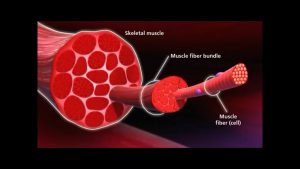We specialize in creating all kinds of animated and live shoot videos and similar content. If you are in need of such videos, please contact us at : Website : www.magicspangle.in Email: [email protected] Phone : +91 9315138620 About this video: Did you know that your heart pumps blood to 75 trillions cells of your body? Your heart beats about 100,000 times each day pumping blood throughout your body via the circulatory system, supplying oxygen and nutrients to the tissues, and removing carbon dioxide and other wastes. The human heart is roughly the size of a large fist and is located just behind and slightly left of your breast. Anatomy Your heart is divided into four chambers: two upper chambers i.e the atria and two lower chambers called the ventricles. A wall of muscle called the septum divides your heart. A double-walled sac called the pericardium encases the heart. The atria receive blood returning from your body through the veins and the ventricles pump blood to your body through arteries. Various valves control the flow of blood from one chamber of the heart to another. A healthy heart means that the right amount of blood is flowing in all of the four quadrants. The human heart does the most amount of work during our lifetime and as such, it is extremely important to keep our heart healthy and prevent heart diseases. Heart Disease Heart disease can function and progress in a number of different ways depending on the cause. Heart diseases generally begin with damage to the lining and inner layers of your heart arteries. Plaque buildup thickens and stiffens artery walls which inhibit blood flow to your organs and tissues. Over time, plaque can harden or break open. Hardened plaque narrows the coronary arteries and reduces the flow of oxygen-rich blood to the heart. This can cause chest pain or discomfort called angina. If the plaque ruptures, blood cell fragments called platelets stick to the site of the injury. They may clump together to form blood clots. Blood clots can further narrow the coronary arteries and worsen angina. If a clot becomes large enough, it can mostly or completely block a coronary artery and cause a heart attack. Arterial Blockage and Heart Attack An arterial blockage is ultimately the build-up of plaque within the artery. This build-up inevitably affects the blood flow, bringing with it a number of symptoms that can vary, depending on the area in which the blockage has formed.  With the word “attack” in the phrase, most people think heart attacks grab hold suddenly, felling them with little warning. Not so. Many heart attacks come on gradually, without intense pain and sometimes with symptoms that come and go. The signs of a heart attack can be confusing enough that you don’t suspect a heart problem. This is true even if you have had a heart attack before, because the symptoms can vary from one attack to another. Heart Attack can be fatal if not treated at the earliest but it can be prevented with the help of proper diagnosis and preventive measures.
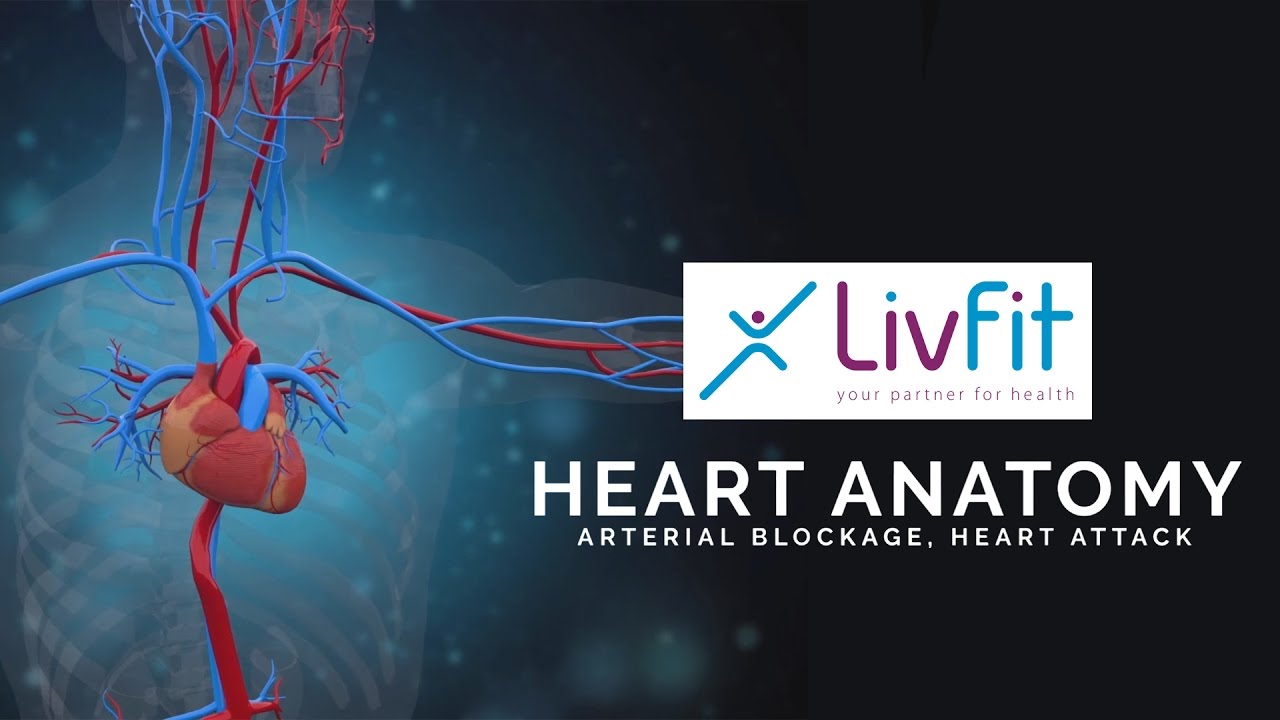
Human Heart Anatomy I 3D Animation by Magic Spangle Studios
- Post author:
- Post published:May 24, 2021
- Post category:Uncategorized
- Post comments:0 Comments
You Might Also Like
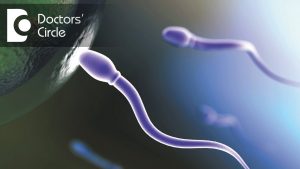
How to get pregnant faster naturally if sperm count is 23 million ml? – Dr. Shailaja N

Anabolic Steroids – History, Definition, Use & Abuse Video – 39
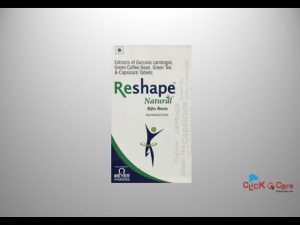
Reshape Natural Tablets To Lose Weight On ClickOnCare

Get Lean & Muscular Fast | Improve Insulin Sensitivity | Hindi
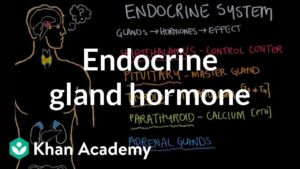
Endocrine gland hormone review | Endocrine system physiology | NCLEX-RN | Khan Academy

Intermittent Fasting & Fasting Video – 20
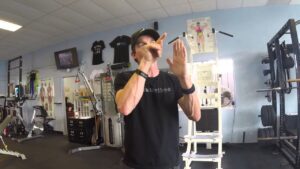
Sprinting: Why Everyone Should Do it
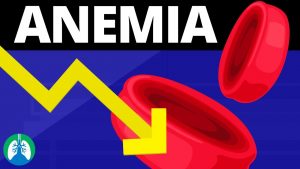
Anemia (Medical Definition) | Quick Explainer Video

Health Benefits of Fish Oil Omega-3 Fatty Acids | GuruMann

INCREASE METABOLISM and GET LEAN FAST (A Shocking Secret) | Science of Metabolism
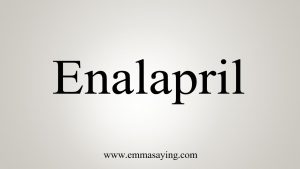
How To Say Enalapril
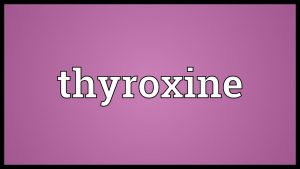
Thyroxine Meaning
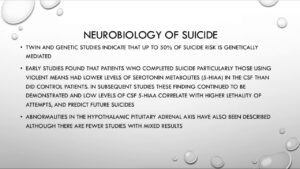
Suicide Psychology/ Psychiatry Video – 2

Yoga Guide Video – 1
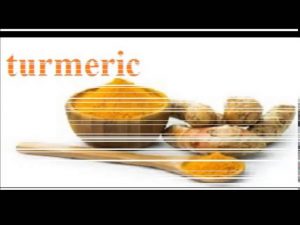
Fat Cutter Drink / Lose Belly Fat in 5 Days /Weight Loss Drink Remedy
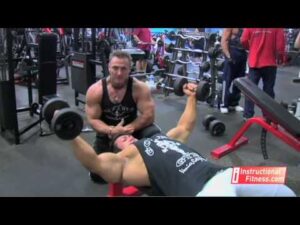
Instructional Fitness – Flat Bench Flies

How to Do a Dumbbell Side Bend | Ab Workout
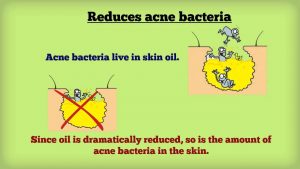
How Accutane Works for You

General Surgery Video – 2
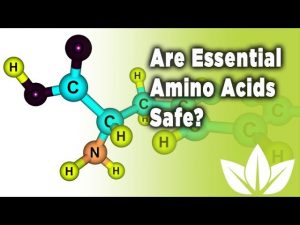
Are Essential Amino Acids Safe?
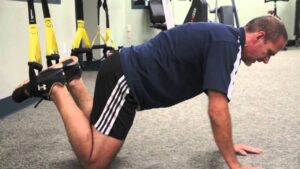
Dean performing leg extensions using TRX suspension trainer

MEAL 01 – Protein Smoothie | LEAN MODE by Guru Mann | Health and Fitness

Muscular Strength Asanas Video – 2

Pregnancy Tips – 1st Trimester Cooking & Nutrition

How To: Tricep Pushdown (Life Fitness Cable)

What To Eat Before And After Your Workout To Maximize Fat Loss – With Thomas DeLauer
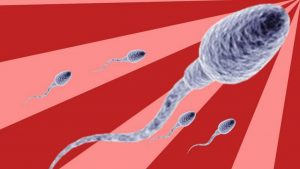
Difference Between Sperm and semen
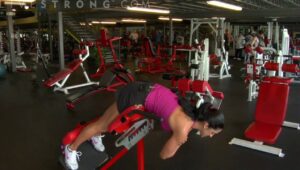
How to Do Back Extensions

Vitamins – What are Vitamins – Types Of Vitamins – Fat Soluble Vitamins – Water Soluble Vitamins
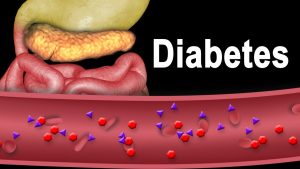
Diabetes Type 1 and Type 2, Animation.
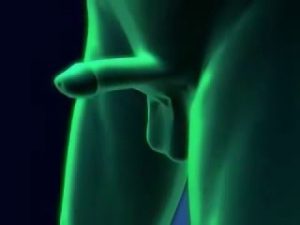
Erectile Dysfunction Explained

Girl’s BEST Abdominal Exercises: Leg Raises

The Different Types of Fats

Reduce hips and thighs and tone up with this workout || Ashtrixx
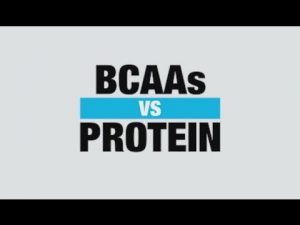
BCAA Supplement vs Protein Supplement – Know Your Supps – BPI Sports

What Foods Should You Eat When You Have Diarrhea
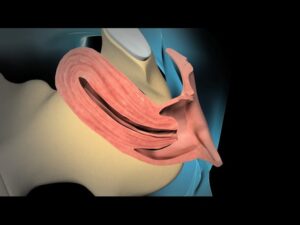
Obstrics Surgeries Video – 5
Special Population Nutrition

Surya Namaskar Video – 4
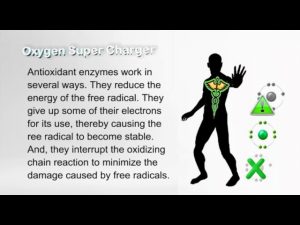
Oxygen, Antioxidants, and Free Radicals
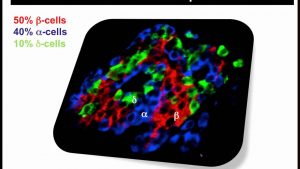
Insulin & Glucagon Regulation Webinar Recording
